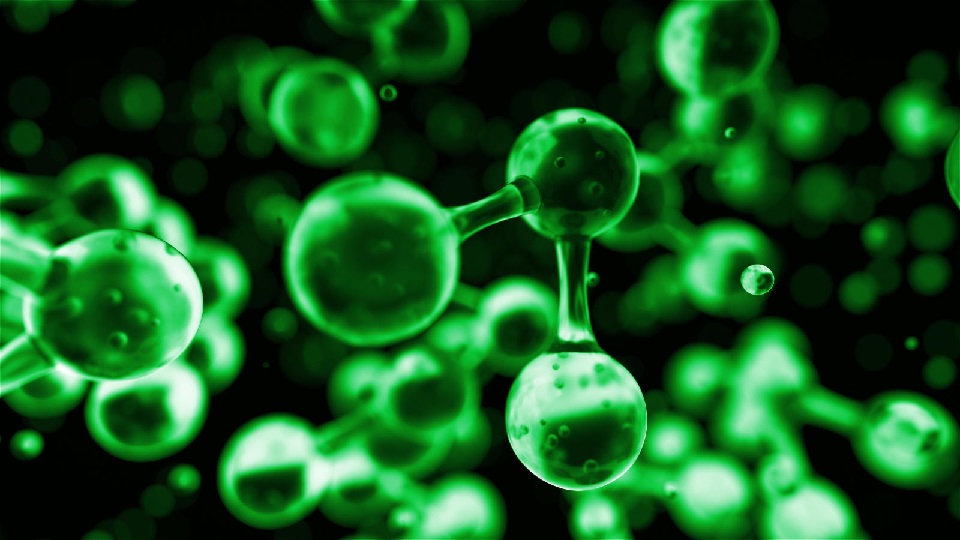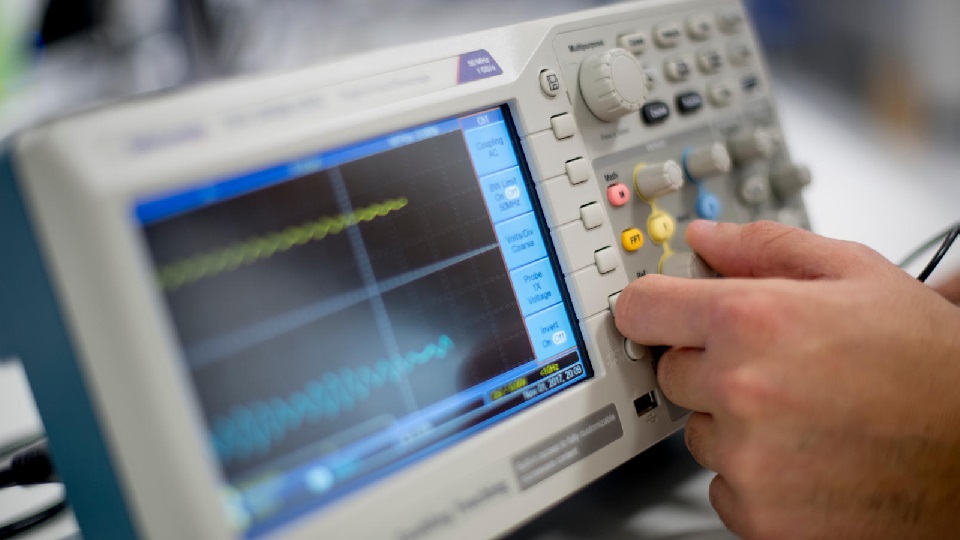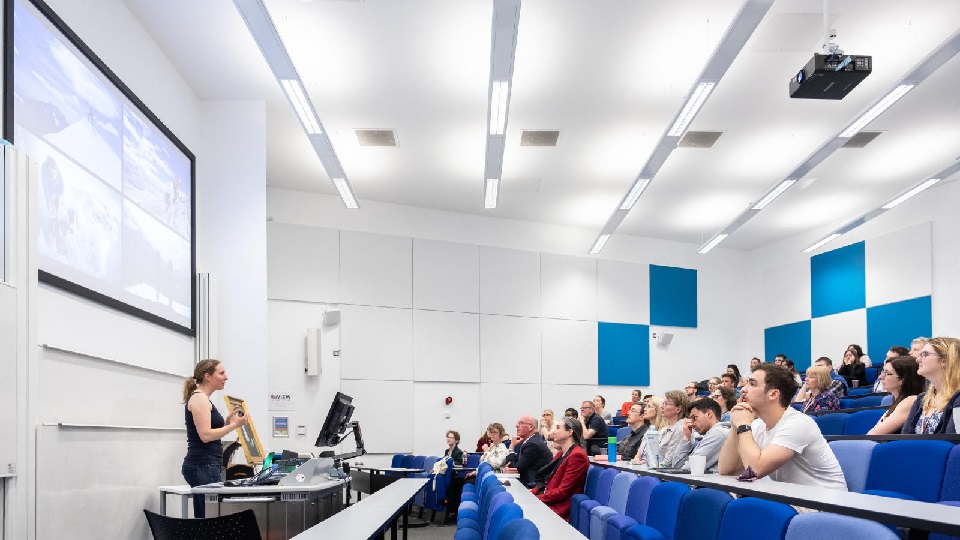Research
Impactful research is central to the culture of our Physics department with many of our staff actively engaged in both theoretical and applied research, industry projects, and working closely not only with colleagues across the University's science and engineering departments, but with collaborators across the globe.
Research strengths
Loughborough's Department of Physics is proud of its tradition of leading research in condensed matter physics.
This is one of the richest areas of physics. Understanding the effects discovered in condensed matter systems demands powerful theoretical tools, and predictions of the most exotic theories find here their experimental realisations. The Department has a balanced and expanding research programme, with strong, interconnected theoretical and experimental effort in some of the most challenging directions of condensed matter physics, such as novel materials and devices for electronics and computing;quantum engineering;spintronics and low-dimensional physics.
This programme has strong interdisciplinary components such as neuromorphic computing, medical imaging and energy harvesting.The staff and students benefit from the unique network of world leading scholars visiting department and hosting us at the top research centres worldwide.
Our research includes
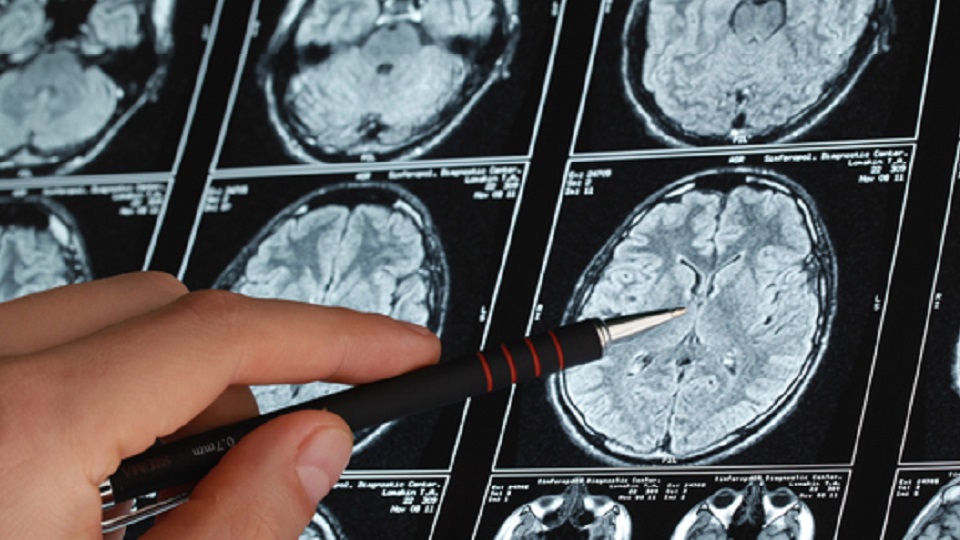
Revolutionising brain imaging using superior superconducting technology
We have developed and patented a superior new MEG-imaging technology based on SQUIDs (Superconducting-QUantum-Interference-Devices).
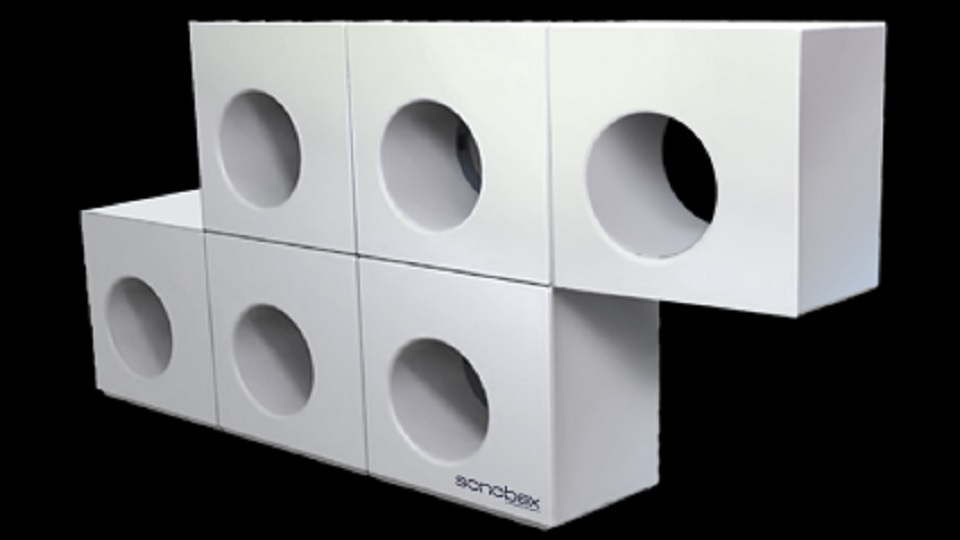
Combatting noise pollution with noise control technology
The development of acoustic metamaterials at Loughborough University has led to game changing technology in noise control.
Find out more
Our research facilities
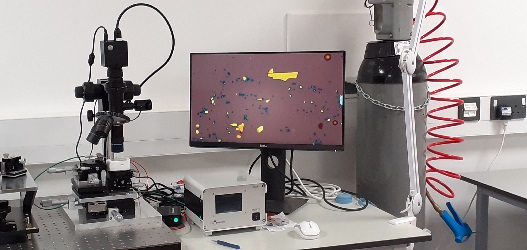
The Department of Physics has benefited from a £4.2m building refurbishment and lab renovations programme for the Physics, Chemistry and Engineering departments supported by the University. The lab renovation provided the establishment of a new clean room, and co-location with the Department of Chemistry. The result of this renovation is the development of thin film and photolithography facilities that were not previously available.
Thin Film Deposition
Our thin film facilities now include a recently installed multi-chamber system (£2M Strategic Equipment from EPSRC). This system combines thermal lithography (Nanofrazor), STM/AFM (RHK Beetle), argon ion milling, and thin film deposition (RF/DC sputtering and e-beam evaporation). All processes are connected under UHV or inert gas, with the option to transport sample for measurement in vacuum suitcase. Materials can be sputtered reactively in oxygen or nitrogen, and/or co-sputtered (up to 6 available targets).
Clean Room
Our clean room (ISO class 6/FED equivalent 1000, 22.5 m2) includes maskless photolithography (resolution limit 600 nm). Training is required for use, however we can also provide patterned devices on arrangement.
Characterisation
We have a variety of characterisation techniques in the Department, often assembled to requirement. This includes:
Various electronics for flexible experiment design (Keithley multimeters, nanovoltmeters, SRS lock-in, DC power supplies, cryostats and electromagnets). This enables, for example, van der Pauw, magnetotransport, ferromagnetic resonance (FMR), spin Seebeck and harmonic Hall measurements.
X-ray Diffraction and Reflectivity (2xD5000, 1xD8, copper source)
Magneto Optic Kerr Effect Magnetometer (MOKE);
Atomic force microscope (AFM)
Variable magnetic field (0-9T) and temperature (300mK – 400 K) for vibrating sample magnetometry (VSM), resistivity and thermal transport (thermal conductivity and Seebeck coefficient) measurements.
Jobin-Yvon LabRam (Raman spectroscopy) with red/blue/green lasers.
2D heterostructure assembly station
DC probe station
The research of the Department of Physics is supported by the access to the state-of-the-art facilities of Loughborough's Material Characterisation Centre (LMCC), which includes: x-ray photoelectron spectroscopy (XPS); transmission electron microscopy (TEM); scanning electron microscopy (SEM); and the recently installed National Facility for High Resolution Cathodoluminesence (CL).
Our research activities also benefit from access to the Lovelace High Performance Computing (HPC) cluster, and the Loughborough-led Tier-2 High Performance Computing centre “HPC Midlands+” with a focus on Engineering and Physical Sciences.
